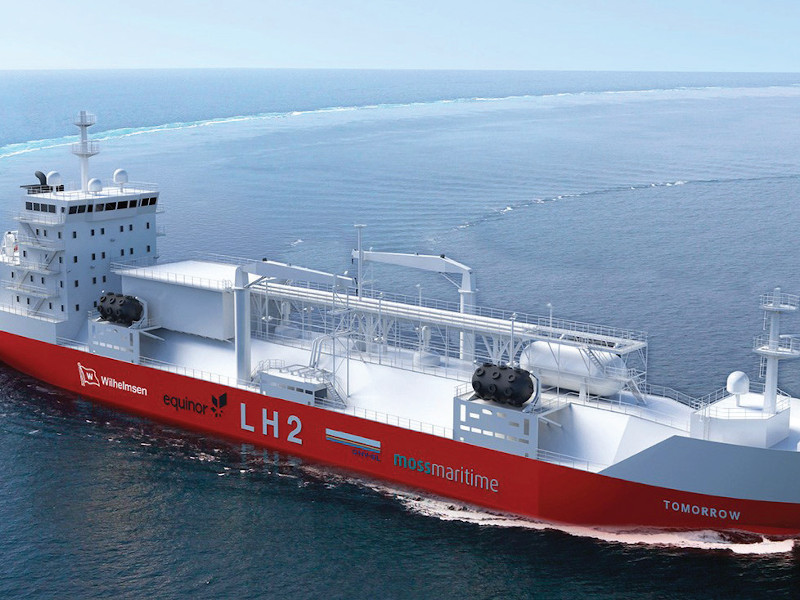Many carriers are taking a hybrid approach.
Shipowners have several alternatives to lower exhaust emissions. Using liquefied natural gas (LNG) provides a nearly 100% reduction in SOx emissions compared to heavy fuel oil (HFO), while marine gas oil (MGO) contains 0.10 percent sulfur m/m (mass of sulfur/total mass), compared to HFO’s sulfur levels of 3.5% m/m.

Some carriers that have been public with their plans have indicated that they intend to take a hybrid approach, using lighter fuels and also investing in scrubbers. An Alphaliner report noted that some transpacific carriers are outfitting their vessels with scrubbers. (See main story on left column of this page.)
Zeamarine, the breakbulk and multi-purpose vessel operator, signaled a fuel switch when it announced that its bunker adjustment will be based on the cost difference between IFO 380, the traditional 3.5% sulfur heavy fuel oil, and marine gasoil (MGO), a pricier alternative.
CMA CGM announced that it will “favor the use of 0.5-percent fuel oil for its fleet,” will use LNG to power some of its future containerships, while also ordering several scrubbers. In addition to the LNG, a number of companies like Wilhelmsen are looking into LH2 – Liquid Hydrogen – as a bunker fuel.
In 2018, CMA CGM signed an agreement with Total Marine Fuels Global Solutions covering the supply of 300,000 tons of LNG per year for 10-years starting in 2020. The LNG will fuel CMA CGM’s nine new 22,000-TEU container ships, scheduled for delivery beginning in 2020. “LNG is the fuel of the future for shipping,” said Rodolphe Saadé, CEO of CMA CGM, in a statement.
COSCO also took steps to secure alternative fuel sources when it signed a supply agreement with Double Rich Limited to provide the carrier with low-sulfur fuel oil in March 2019. COSCO also installed scrubbers on two of its vessels on a pilot basis, and announced it will be investing further in that technology.
Maersk is also planning on running the vast majority of its fleet on low-sulfur fuel and to invest in scrubbers—to the tune of $263 million—for retrofitting selected vessels. “The purpose of the strategy,” said Vincent Clerc, chief commercial officer of Maersk Shipping, “is to mitigate the risk of fuel price uncertainty in 2020.”
Hamburg Süd was somewhat ahead of the curve when it launched a pilot with its customer Electrolux in the Chilean Port of Iquique over two years ago, expanding the program in 2018 to other Latin American ports. Auxiliary engines and boilers switched from HFO to MGO during layovers, while the shipper and carrier divvied up the additional costs. Using MGO decreased the SOx emissions attributable to the Electrolux cargo by over 95 percent.
All in all, industry experts say $30 billion in additional costs will be incurred to comply with IMO 2020.





